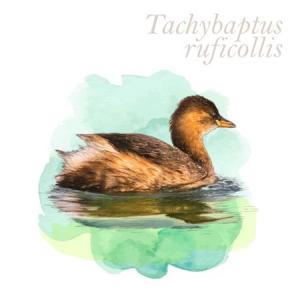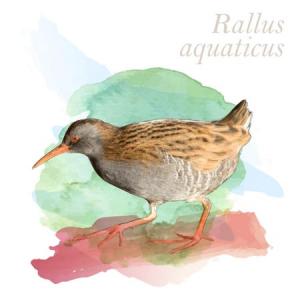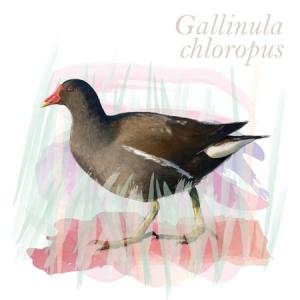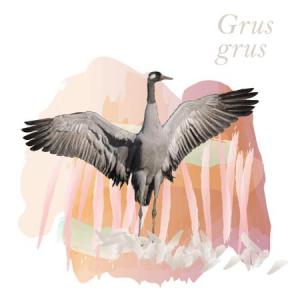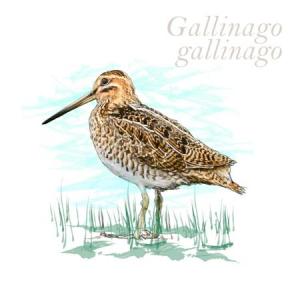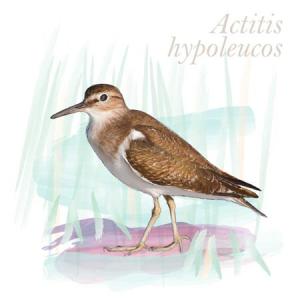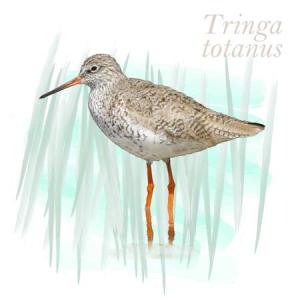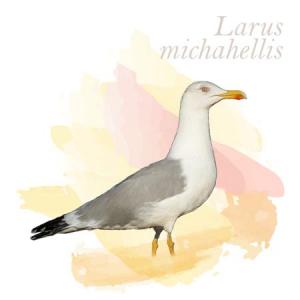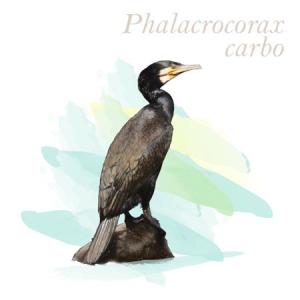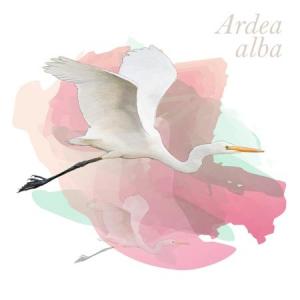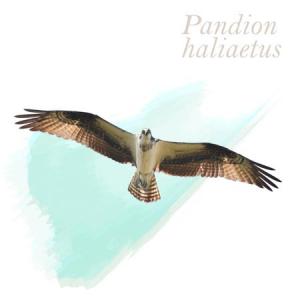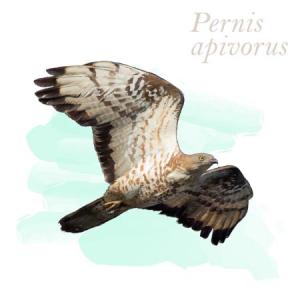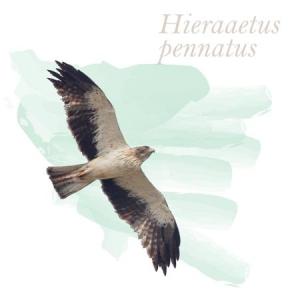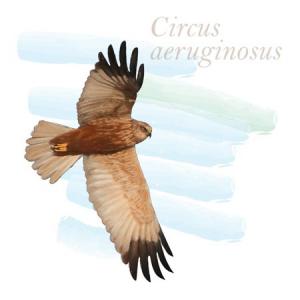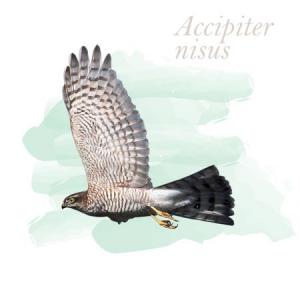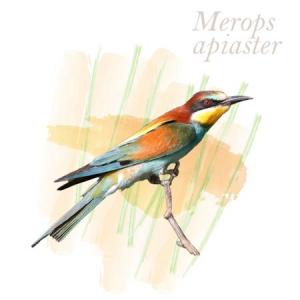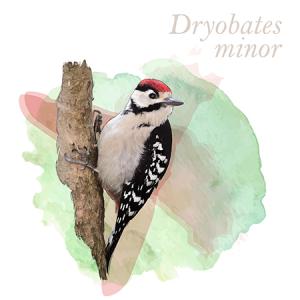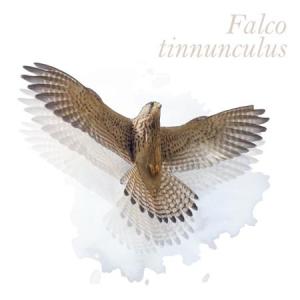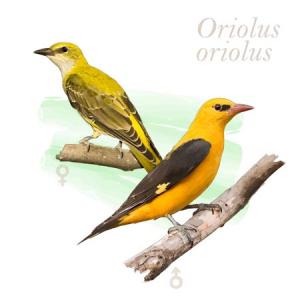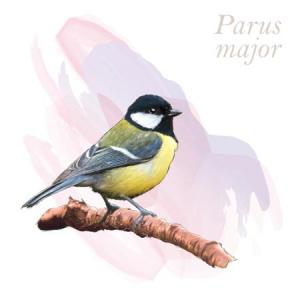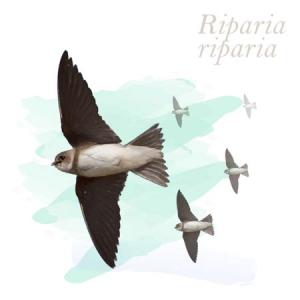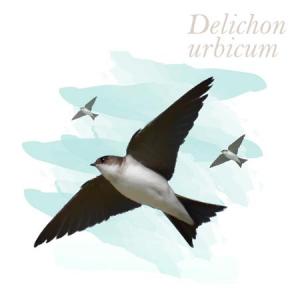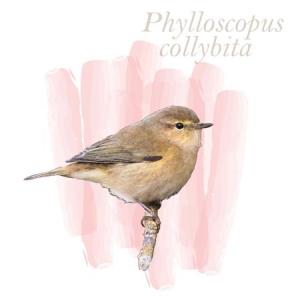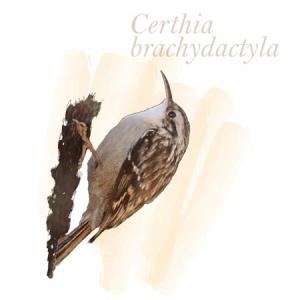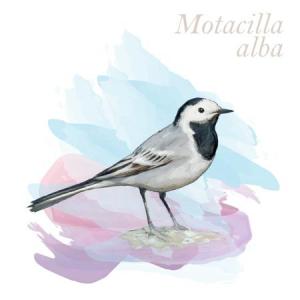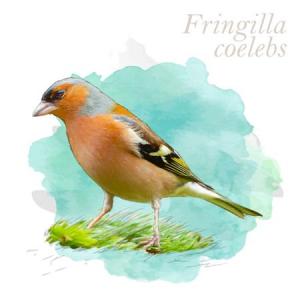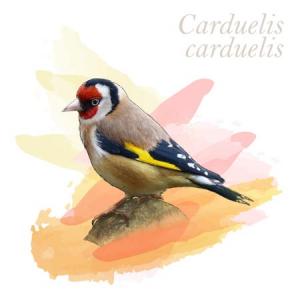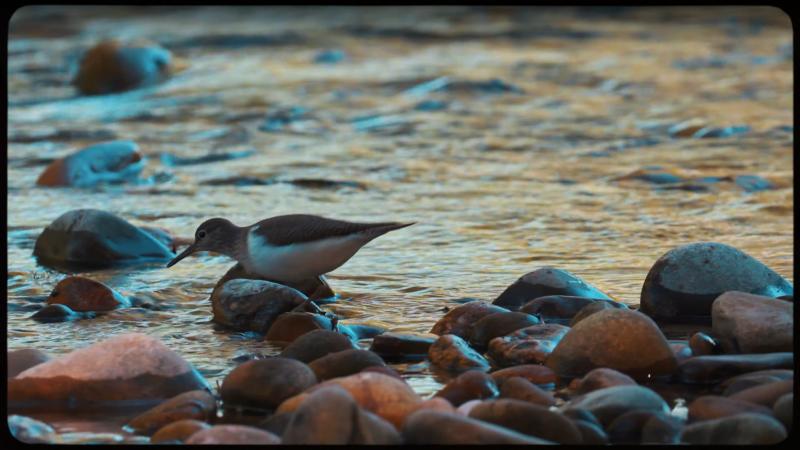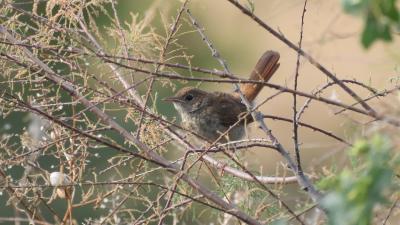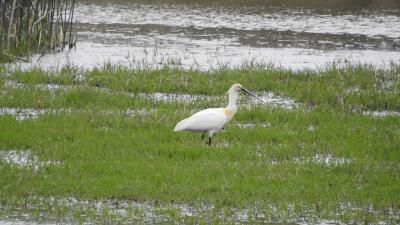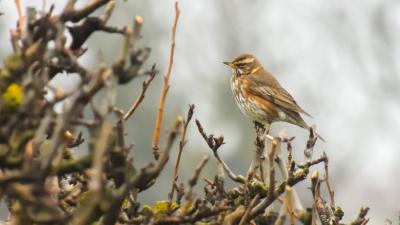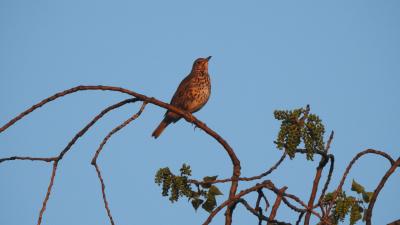Los Sotos de Alfaro received the declaration of Natural Reserve in the spring of 2001, ensuring the protection of its natural and landscape values. The Natural Resources Management Plan affects two well-differentiated zones: the Natural Reserve Zone (476 hectares) that includes the areas that have a greater ecological value and the Peripheral Protection Zone (457 hectares) conformed by a kind of “belt” around the reserve with which it is intended to maintain the traditional, agrarian and forest uses of the area and control other activities that may affect the fragile ecosystem of the Reserve.
Riparian Forest
The banks of the river Ebro as it passes through Alfaro is one of the few places in La Rioja where the river forests have managed to maintain acceptable natural conditions after the multiple transformations carried out by human action, and where it is still possible to enjoy a unique ecosystem of forests and birds on the banks of the river.
Gallery
SOTOS DEL EBRO
The banks of the river Ebro as it passes through Alfaro is one of the few places in La Rioja where the river forests have managed to maintain acceptable natural conditions after the multiple transformations carried out by the action of man, and where it is still possible to enjoy a unique ecosystem of forests and birds.
Long time ago, riverside forests occupied the alluvial plains of the Ebro, one of the most fertile lands in Europe. But the forests were cut down and cleared, and their rich soils became prized agricultural land, ditches were built, water catchments were created, rivers were channelled and defence mounds were created. These anthropic modifications added to the various natural processes of the river, are what give it the qualification of “changing forest".
The wild banks of the Ebro immediately became a humanized landscape, although in a few places, such as Alfaro, these valuable ecosystems managed to resist the onslaught of human action, becoming today extraordinary natural enclaves where it is still possible to imagine what life and the landscape that formed around the river could have resulted in without modifying it artificially. This is why the pottery groves are of great importance, not only because of their nature as a privileged redoubt for wildlife, but also because they are one of the few places in La Rioja where the riparian forests retain a resemblance to the past; more than enough reasons why this small oasis has become the second protected natural area in La Rioja, after the Sierra Cebollera Natural Park.
- Natural Reserve
Los Sotos de Alfaro received the declaration of Natural Reserve in the spring of 2001, ensuring the protection of its natural and landscape values. The Natural Resources Management Plan affects two well-differentiated zones: the Natural Reserve Zone (476 hectares) that includes the areas that have a greater ecological value and the Peripheral Protection Zone (457 hectares) conformed by a kind of “belt” around the reserve with which it is intended to maintain the traditional, agrarian and forest uses of the area and control other activities that may affect the fragile ecosystem of the Reserve.
- Ecological Frontier
The Sotos are themselves an ecotone, a transition zone between two different ecosystems or ecological borders, an area with greater biological richness where the number of species there is greater than in nearby or adjacent areas, which makes it a place of meeting for living beings.
- Flora
The vegetation in this area is mainly composed of characteristic species of this habitat such as willows, poplars, elms and ash trees, accompanied by other smaller size species that are located in a more isolated manner such as elder, walnut, fig, laurel feral, hawthorns and brambles…
- Fauna
Regarding the fauna, we can find various species of fish, amphibians, reptiles or mammals (we can highlight the presence of the elusive otter or the recently introduced Eurasian beaver). But it is the group of birds that is the richest and most varied, being this privileged place one of the areas where we can find the greatest variety of species in the entire region. There are more than 180 species of birds that have been cited in this natural enclave. Permanent residence area for species such as the gray heron, the fast kingfisher or the discreet water rail; place of rest and food on their migratory journey for others such as the osprey, the black stork or the always striking spoonbill; where to spend the winter like the red-winged thrush, the great cormorant or the great egret or where to come to reproduce in summer like the little plover, the bank swallow or the purple heron among many others.
Maps
List of birds




